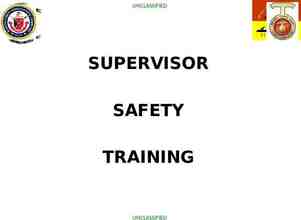Homelessness and brain injury: The invisible disability in an
7 Slides265.45 KB

Homelessness and brain injury: The invisible disability in an invisible population Steph Grant & Rebecca Forrester #HomelessHealth17

Rates of head injury in homeless populations are reported between 43-53%* Rates of hospitalised head injury are 5 times greater for the homeless population** People with unrecognised neuropsychological needs often ‘bounce’ between services or remain invisible *Mackelprang, Harpin, Grubenhoff & Rivara, 2014; Hwang et al., 2008 **MacMillan et al., 2014

Wearing many cloaks of invisibility Trauma Violence Housing Hunger Alcohol use Drug use Crime Mental health difficulties Physical health difficulties

What difficulties might we see? Attention Concentration Memory Organising & planning Emotion regulation Anger & irritability

“How and why do some brain injured people become homeless?”

Further reading and contacts Experiences of homelessness and brain injury (Brooks & Grant, 2016) Not my First Rodeo video on homelessness and brain injury on YouTube (2nd place UKABIF film awards) www.neurotriage.com

Thank-you for listening Special thanks to: Ste Weatherhead, for always keeping us cool, calm and connected






